A little more than 12 months later, the Rudd government, facing a significant budget overrun, announced that applications to the Solar Homes and Communities Program would close that night. Every person in the solar industry worked until midnight, and I remember being highly impressed by the thousand-odd applications that the nation posted in at short notice. In hindsight, what a cottage industry we were – these days, over one thousand systems are installed every day, with system sizes seven times larger.
Recognising the public appetite for solar energy, the Rudd government created another vote-winning policy that morphed the Renewable Energy Target (RET) into providing greater support for solar power via a solar multiplier. This act perpetuated a boom-bust cycle as households flocked to take advantage of the subsidy; typically on the eve of that subsidy being reduced. Whereas 50,000 households installed solar in 2009, that number was dwarfed by the 360,000 installations that occurred just two years later. In one month, Australia installed almost 70,000 solar power systems.
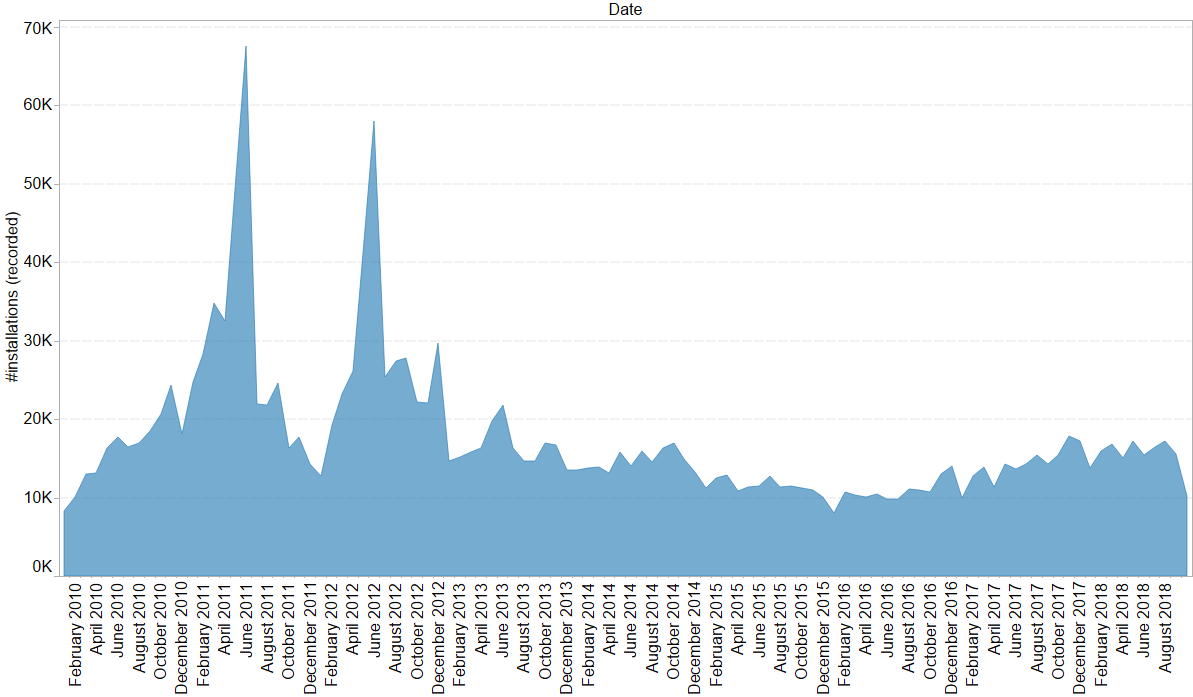
Concurrently with changes to federal subsidies, states were vying to outdo each other with schemes that compounded the consumer’s appetite for solar energy. While states’ actions certainly accelerated the rollout of rooftop solar, state governments attempts to wind back subsidies often actually increased customer demand. Queensland, Victoria and South Australia implemented a progressive wind-back which acted as a comparatively soft landing; this stands in contrast with the New South Wales and Western Australian Governments.
The day solar power became political power
The day that solar power came to power as a political force was the day the solar industry forced a humiliating backdown upon the newly minted O’Farrell government. The NSW government of the day decided to retroactively reduce the feed-in tariff contracts that had been signed with hundreds of thousands of NSW residents – mortgagees and pensioners alike. It was an impressive sight to witness thousands of mostly elderly pensioners protesting in Darling Harbour. It was also the first time that the government email system broke down because of being overloaded by disgruntled voters, thanks largely to the actions of AUSES and SEIA. It took three weeks for the government to retreat.
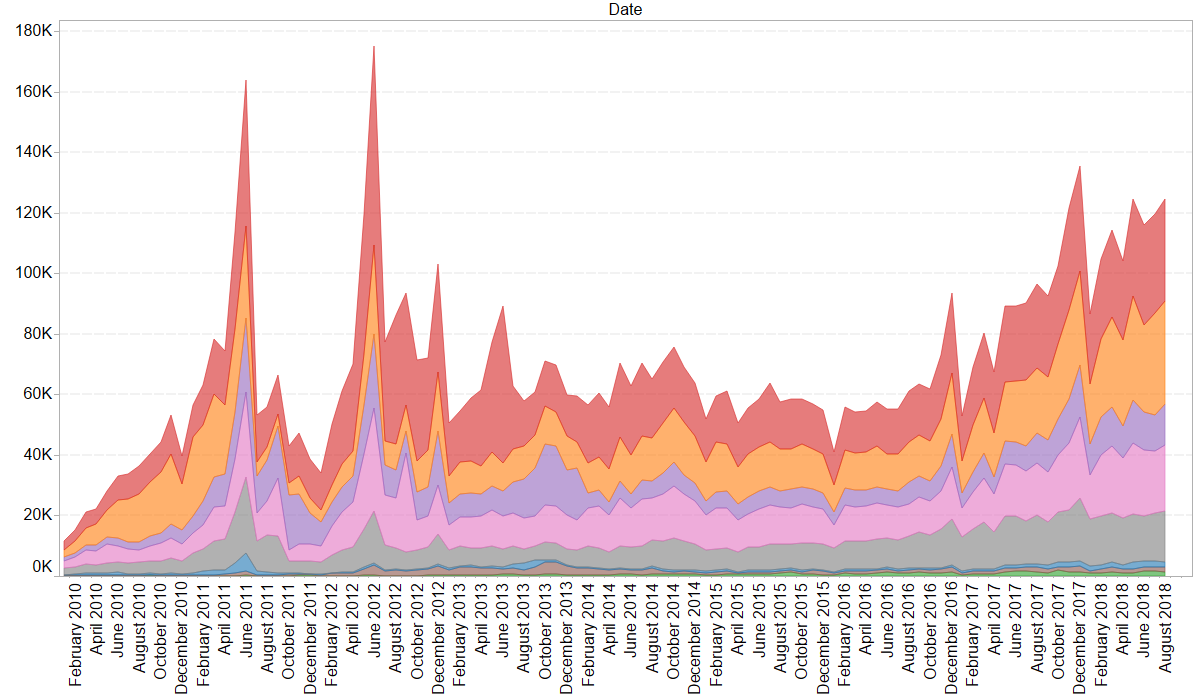
The Western Australian government, ignoring history and despite being warned not to do so, later attempted to do the same. By this time Solar Citizens had formed and a back-down only took three days – with the WA Coalition government also coming under pressure from their federal colleagues who were in the midst of an election.
Tony Abbott did all that he could to remove subsidies from rooftop solar when Dick Warburton was commissioned to review the RET. Naturally, Warburton recommended that the SRES be closed immediately or soon phased out. Protracted negotiations about the LRET followed, but amendments to the SRES were quickly taken off the table by the Abbott government, under immense pressure from voters. More recently the ACCC have also attempted to scrap the SRES, and again a public campaign forced the Energy Minister of the moment to announce that SRES wouldn’t be going anywhere.
You’d think that politicians would have realised by now that renewable energy is immensely popular. Poll after poll concludes the same. Every time the Coalition beats up on renewables or harp on about electricity prices, Joe Public votes with their wallet and buys a solar power system. Its about the easiest way to significantly reduce electricity bills. And what’s more, its loved by Left and Right alike. The latest Essential report shows that transitioning to renewable energy is the most important action item for Labor and Green voters, and the third most important to LNP voters.
In looking back over this article, it’s clear that all of the most drastic attempts to poison the solar industry have come from Coalition governments. There are some exceptions – the current SA and Queensland governments certainly have some decent solar and storage policies. Still, in light of all of the above, perhaps I was being a tad facetious by suggesting we should credit the Coalition for the solar industry’s success. (I wonder if the federal Coalition has cottoned on to the fact that almost all of the top 10 postcodes for solar uptake in Australia are held by the Coalition.)
Australia as a leading solar nation
Our sunburnt country is amongst the world leaders in solar uptake. Australia:
- Has ranked in the top 10 nations for annual installed capacity for every year since at least 2008.
- Ranks fifth in the world for per-capital installed capacity. At the end of 2017, Australia had 299W of power per inhabitant.
- Is in the top 10 countries for PV energy penetration. At the end of 2017, 4% of Australia’s electricity consumption was produced by solar energy. That figure is set to leap in 2018, considering all the solar power that’s been added this year.
- Must certainly rank #1 in the world for the number of installed systems per capita.
- Will in 2018 smash its record for capacity installed. Over 1.5 GW of sub-100kW solar power is anticipated to be installed, compared with 1.1 GW in 2017
Thanks to the actions of millions of Australian households, the process of modernising our grid is well underway, and households are collectively saving billions of dollars off their electricity bill. Households grew fed up of being taken for a ride by governments and utilities and have taken matters into their own hands. To me, that’s true democratisation of energy.
To celebrate the two millionth Australian solar power system, SunWiz has released a Australian PV Primer report. This report tracks the Australian PV market in charts and commentary, from history through to today, plus the trends that will play out for the coming years. See http://sunwiz.com.au/index.php/2012-06-26-00-47-40/37-latest-offerings/438-sunwiz-australian-pv-primer.html
Solar uptake and Penetration by postcode
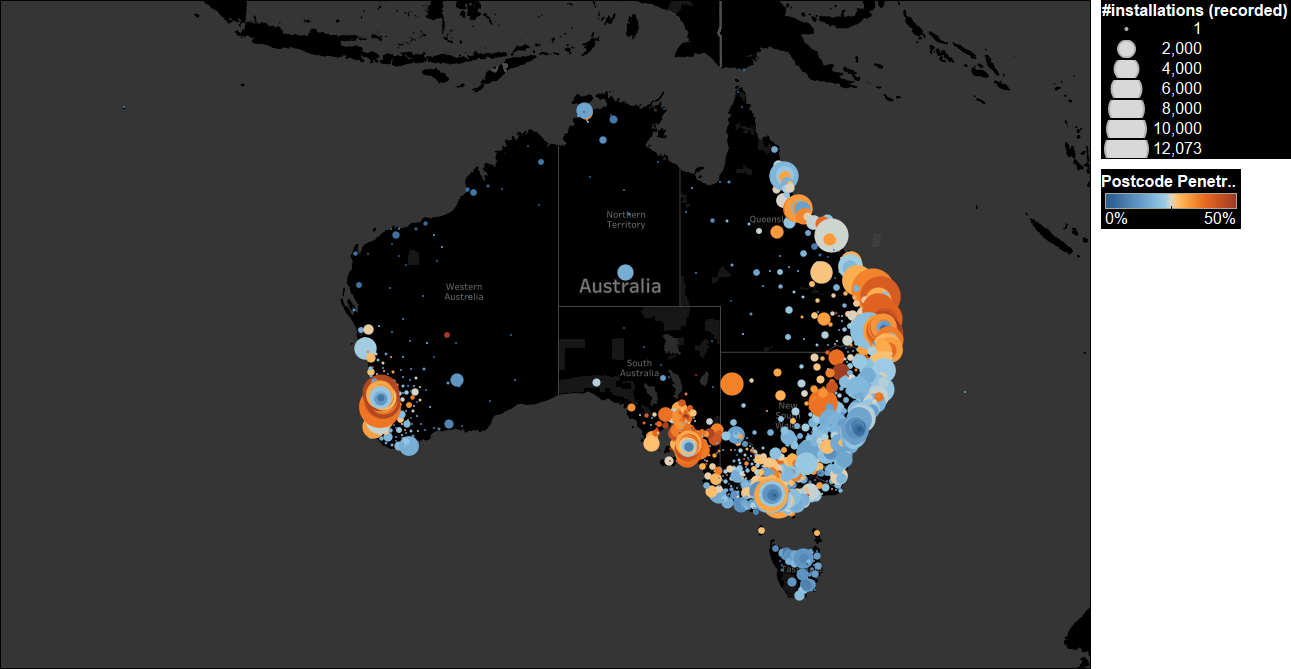
Number of solar installations by state
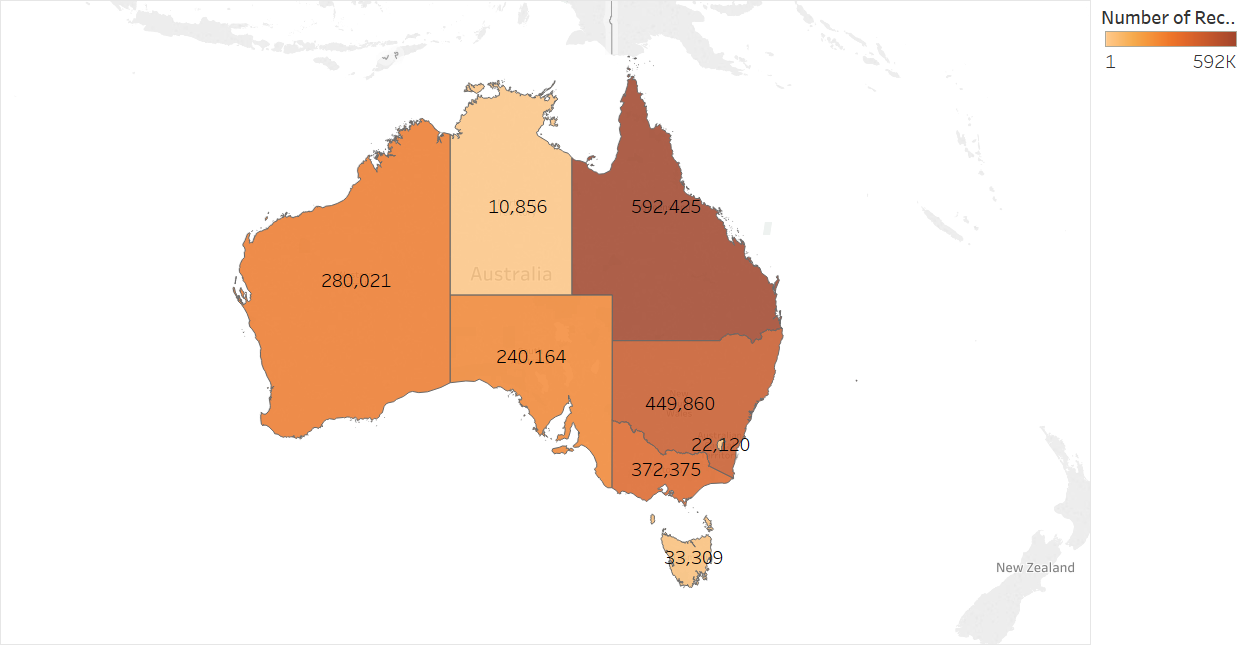
Number of installations by size bracket
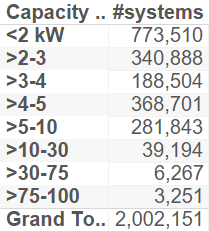
The views and opinions expressed in this article are the author’s own, and do not necessarily reflect those held by pv magazine.
This content is protected by copyright and may not be reused. If you want to cooperate with us and would like to reuse some of our content, please contact: editors@pv-magazine.com.








By submitting this form you agree to pv magazine using your data for the purposes of publishing your comment.
Your personal data will only be disclosed or otherwise transmitted to third parties for the purposes of spam filtering or if this is necessary for technical maintenance of the website. Any other transfer to third parties will not take place unless this is justified on the basis of applicable data protection regulations or if pv magazine is legally obliged to do so.
You may revoke this consent at any time with effect for the future, in which case your personal data will be deleted immediately. Otherwise, your data will be deleted if pv magazine has processed your request or the purpose of data storage is fulfilled.
Further information on data privacy can be found in our Data Protection Policy.